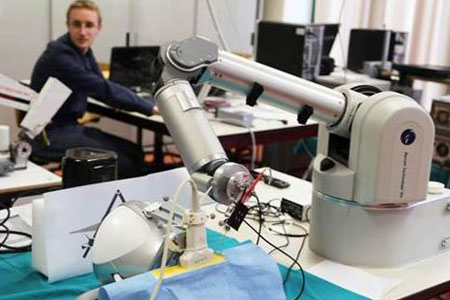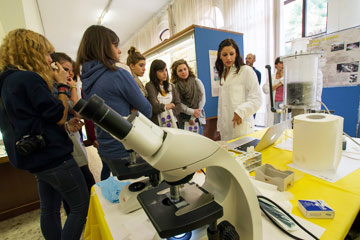Aromatic amino acid decarboxylase (AADC) deficiency is a devasting genetic disease caused by mutations in the AADC gene. AADC is responsible for the production of dopamine and serotonin whose low levels determine severe impairments in patients: hypotonia, oculogyric crises, developmental retardation with hypokinesia, chorea, dystonia, bulbar disfunction, sleep disturbance, autonomic dysfunction, irritability, temperature instability, hypersalivation, and cognitive impairment. The deficiency could also be secondary to pyridoxine 5'-phosphate oxidase (PNPO) and to antiquitin deficiencies, both lead leading to depletion of pyridoxal 5'-phosphate, the coenzyme of AADC.
Main objectives of the present project are: i) to broaden the molecular knowledge on the AADC and antiquitin deficiencies, ii) to interlink knowledges (levels of neurotransmitters, coenzymes, metabolites) about AADC, PNPO and antiquitin patients (phenotype) with related enzyme activities (from genotype) and iii) to develop new therapeutic strategies. Specifically, we will determine the structural-functional features of newly-identified AADC variants either as homodimers and heterodimers, mimicking the homozygous or the heterozygous genotypes. We will apply the same approach to antiquitin that presents several variants but none of them characterized biochemically. Then, we will investigate the ability of some molecules, such as cofactor analogs or others, to behave as pharmacological chaperones for AADC and evaluate their effect both in solution and in cell models. In addition, we will set the basis for an enzyme replacement therapy approach with cell penetrating peptides, TAT or penetratin, able to pass blood-brain-barirer, enter the cells and deliver inside active AADC. The experimental methods are multiple: molecular biology techniques, a combination of bioinformatic analyses with physico-chemical biochemical methods both in solution with recombinant proteins and validated in cell models.







